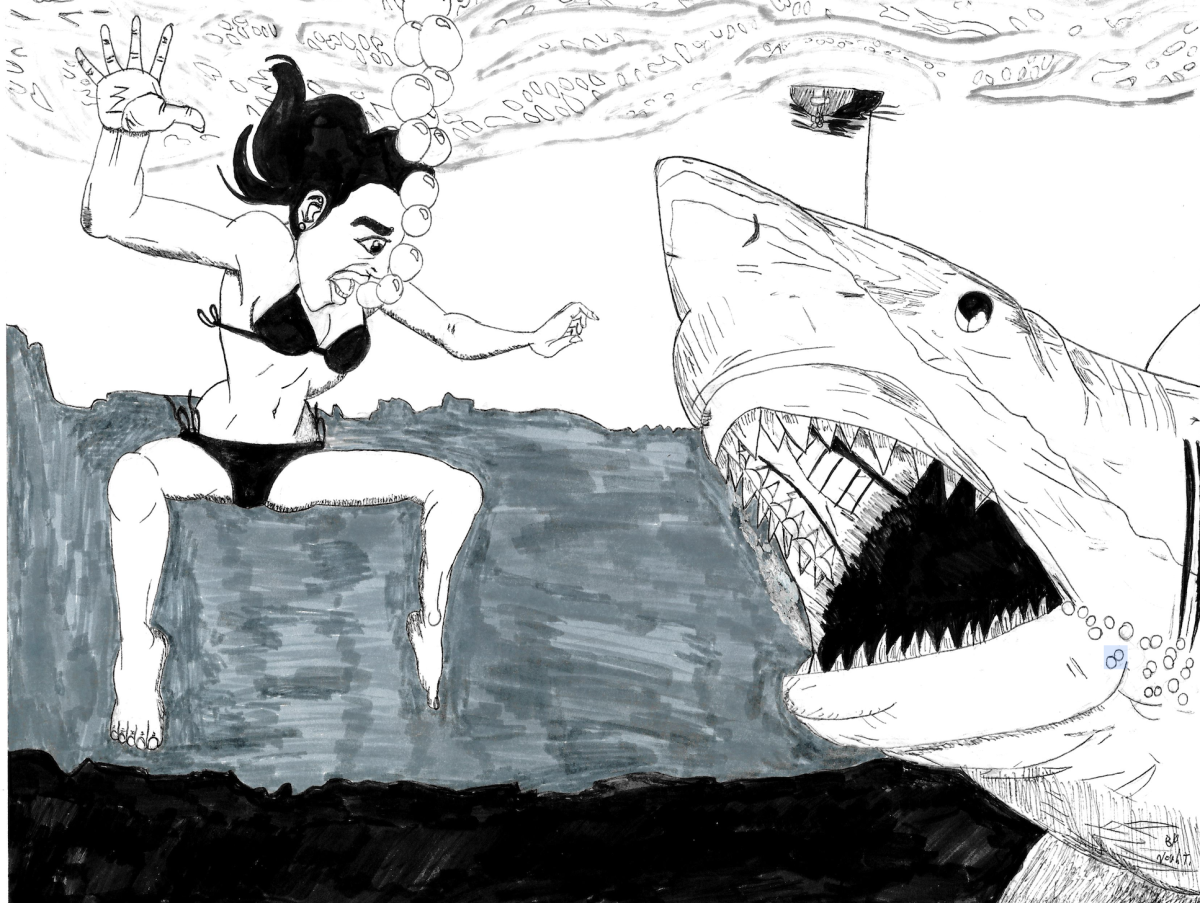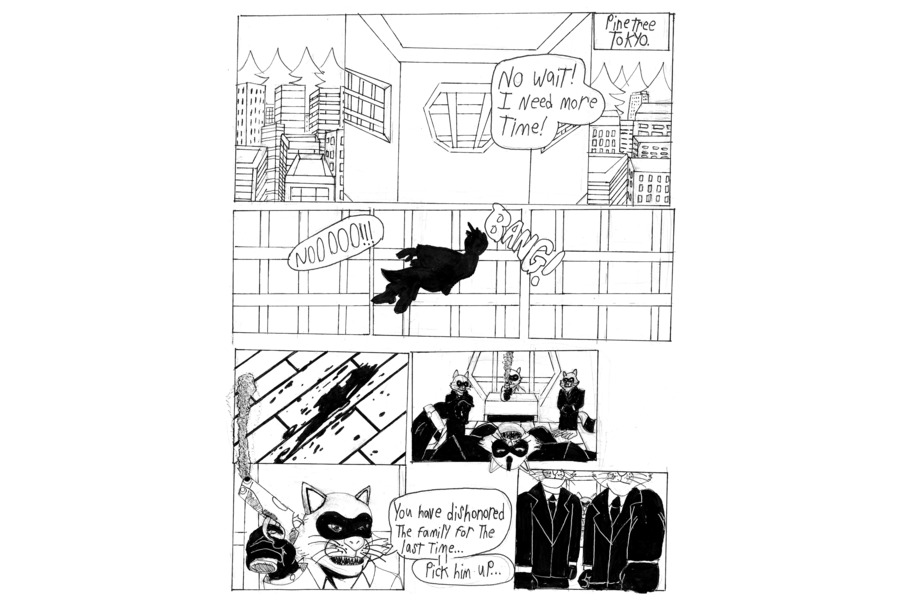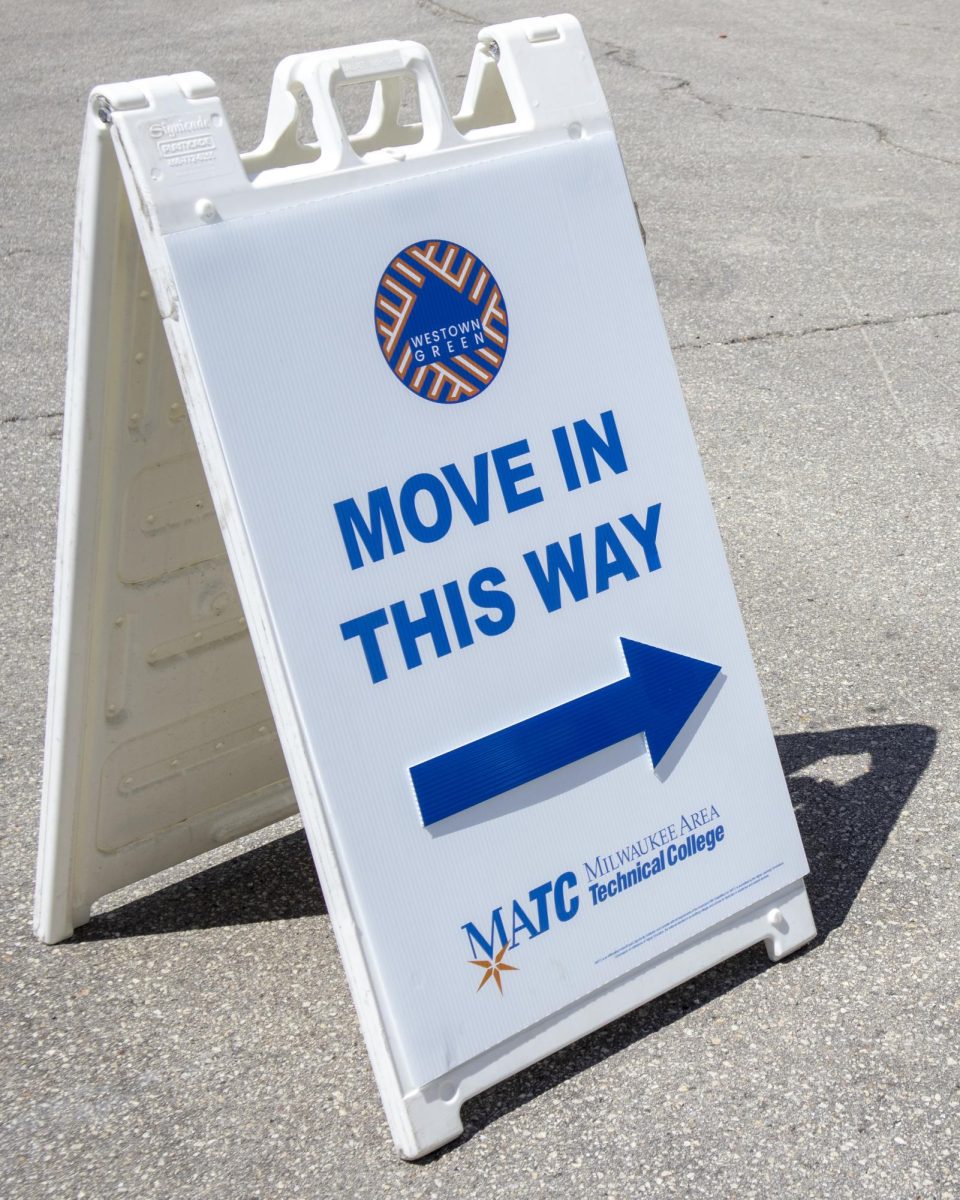Many people believe leaving their dog in the car is harmless, seemingly unaware of the potentially dangerous, even deadly, consequences that can occur. Even at Oak Creek’s Safety Day, another person needed to be reminded of the risk of that very act.The reality is those consequences can occur in “a short time, minutes,” Dr. Alice Van Maastricht, a veterinarian for North Shore Animal Hospital, said. “(A car) gets very, very hot in a very short time.”
Van Maastricht said the major risk is heatstroke. She stated that the signs for heatstroke include: panting, the dog feeling hot to the touch, dark colored gums, severe signs of collapsing or even becoming comatose. “It’s a very nasty way to go,” Van Maastricht added.
However, not only is leaving your dog in the car potentially harmful, it’s illegal, according to Erin Riley, from Milwaukee Area Domestic Animal Control. “You should never leave your dog in the car unattended,” Riley said. Basically, the law states that you are never supposed to. However, if for some reason you have to, you must provide water and have the windows cracked for ventilation, she added.
Riley said that it is very common for people to leave their dogs in cars. “It’s usually not for a long period though,” she added. However, Riley stated there are many risks. “They can freeze to death, they can overheat, they can get heatstroke, which can lead to seizures,” she added, “You obviously run the risk of someone breaking into your vehicle to steal your dog or your dog breaking the window to get out at someone if they’re being harassed.”
There are tangible consequences for owners, too. When a person leaves a dog in a car, they can have their dog removed and be fined. “It depends on the circumstances. A lot of it depends on environment,” Riley said. “If it’s 50 or 60 degrees outside and the dog has water, we might leave a notice,” she stated.
However, if the weather is warmer, or no water is provided, MADAC has certain procedures that they follow, Riley stated. They first contact the local police department. Then they try to document the scene to the best of their ability, just in case of future court proceedings. After that, they unlock the door and remove the dog. The dog is taken to their building for intake, and they use the license plate to attempt to contact the owner. The fine the owner receives on top of losing their dog depends on the municipality, Riley added.
There have been a number of times this past summer MADAC has encountered this situation. “You talk to them,” Riley said. “Part of our job is to educate people.” MADAC tries to help people understand that a hot car is harder on their dog then it is on them, Riley said.
Riley said that if you’re not sure about a situation, she suggests thinking about it this way. “If you’re going to put your dog in a situation, is it a situation you, yourself would want to be in. And if the answer is no, don’t put your dog in it.



































































